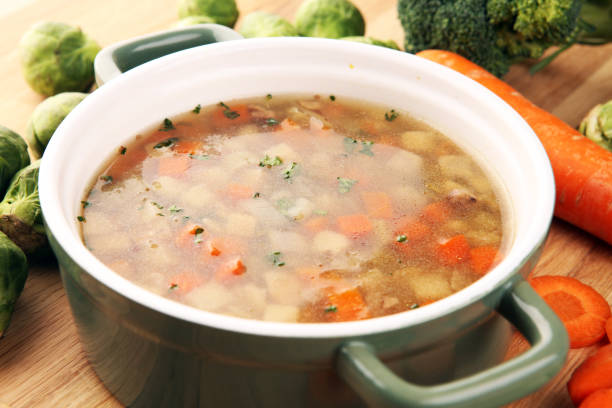The Tour de France has been dubbed one of the world’s most physically demanding events. In its 100th edition, this year’s Le Tour – currently underway – encompasses 21 stages, totaling 3,479 km [including six mountain stages with climbs as high as 2,000 meters].
The cyclists’ speeds and stage times will be similar to last year’s race, which included 20 locations plus a time trial prologue, covering 3,497km.
The average time to complete each stage ranged between 51 minutes and 24 seconds (stage nine, a flat-time trial over 38km with a speed of 48.4 km/h) and five hours, forty-two minutes, and 46 seconds. (stage twelve, a medium-mountain stage of 226km with a speed of 39.5km/h).
It is obvious, given the speed and consistency in the pace of this race, that nutrition and hydration are essential.
Drink up
Any endurance event that lasts a long time should be accompanied by hydration. Sweat rates are different for each individual and vary depending on workload (heat generated by muscle contractions) and climate conditions (temperatures, humidity, airflow over the body). For most Tour cyclists, sweat rates range from one to two liters per hour.
Simon Gerrans in yellow after winning the fourth stage of the Tour de France. Yoan Valat/EPA
Electrolytes, such as sodium and potassium, are also lost through sweat and need to be replaced when sweating is excessive and the exercise is prolonged. Here’s where it gets tricky.
Fluid over-refilling can also lead to unnecessary weight in a sport like cycling, where a 1% difference in performance can mean the difference between winning the yellow jersey or coming second. A rider weighing 70kg, which has lost 2 liters (or 3% of their body weight) of sweat, has less mass.
The rider should perform better on the climbs as long as mild dehydration does not affect his power output. It is only after many hours of testing that a Tour rider can find their optimal balance between body mass, hydration, and power output.
Enjoy your meal
It is important to consume enough carbohydrates during, before, and after exercising. The majority of carbohydrates are stored in muscle and liver glucose. A small amount is also stored as blood sugar. This is the main fuel for muscle contractions during intense exercise. If glycogen levels fall below a certain threshold, performance will drop dramatically (known as ” Bonking ” or ” Hitting the Wall” in cycling).
Carbohydrate Loading can super compensate glycogen beyond normal levels and reduce the risk of bonking.
Consuming carbohydrates while exercising can reduce the rate at which glycogen is lost, allowing an athlete to exercise harder for longer without fatigue.
Eddy Merckx enjoys some nutrition after a hard-earned ride. Bilobicles bag
Balance act
For optimum performance during the three-week Tour de France, riders must also consume sufficient daily energy to offset high expenditures and adequate dietary proteins to support muscle regeneration.
A negative energy balance, such as when total energy intake is lower than the energy expended each day or an insufficient dietary protein, may lead to metabolic modifications and cannibalism to create additional power.
These changes can affect exercise performance. Tour riders try to minimize the risk of impairment by consuming just as much energy (kJ) as they expend.
This raises an obvious question: How much energy do Tour de France riders expend, and what are they eating and drinking?
What’s in the pockets of pros?
Before the introduction of sports nutrition, riders in the early Tour editions were left to their own devices, including foraging along the way for their thirst and hunger.
This is the first Tour, and there are no PowerBars to be found. Wikimedia Commons
The times have changed, but surprisingly, very few published data exist on the diets of Tour de France riders in modern times.
The average fluid intake was 6.7 liters per day (the highest daily intake was 11.8 liters!). The average fluid intake per day was 6.7 liters (the highest daily intake was 11.8). Sixty-one percent of fluids were consumed while cycling.
About 61% of the energy consumed by cyclists was derived from carbohydrates, 23% from fats, and 15% from proteins (roughly 230g per day for a rider weighing 70kg).
Sports drinks contributed to 15% of the total energy consumed by these athletes. It is interesting to note that sweet cakes consumed during rides provided the majority of the power in the diets.
These were high in sugar and fat and very tasty. Rice cake is a healthier alternative.




